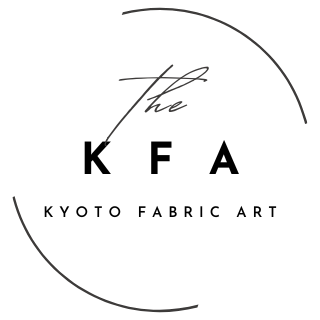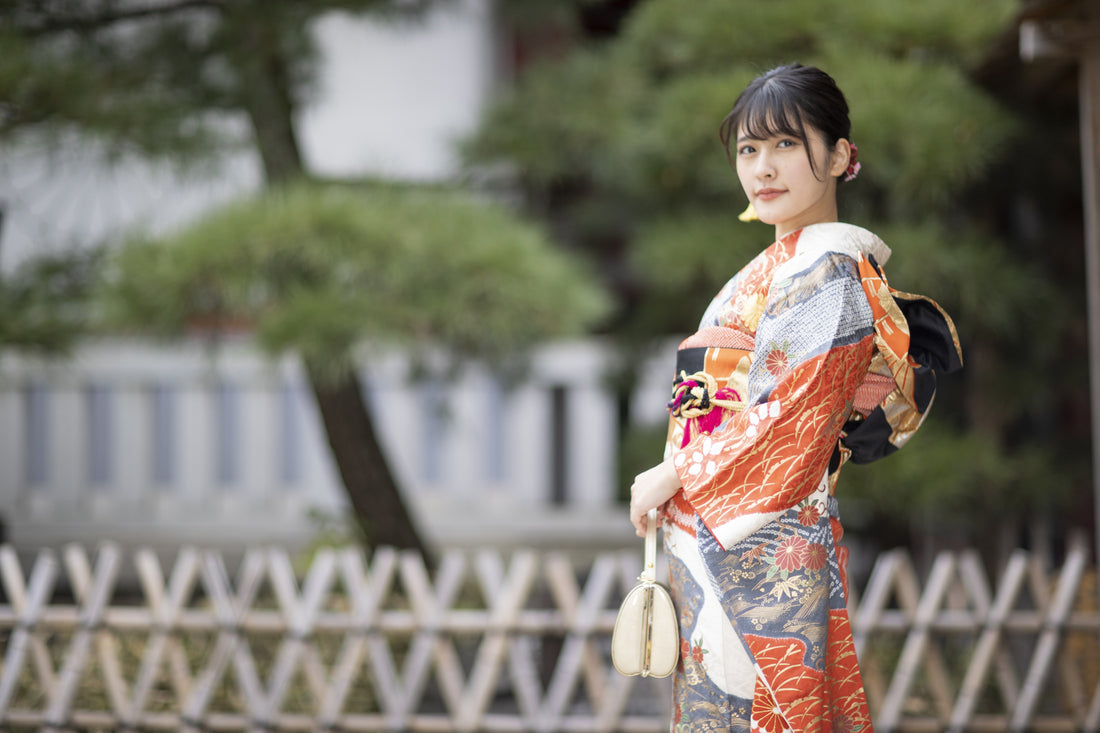The kimono, one of Japan’s most iconic cultural exports, may not be a daily attire anymore but continues to be a cherished tradition worn at pivotal life events such as coming-of-age ceremonies and weddings. However, few may know the rich history and origins of the kimono. This article aims to illuminate the fascinating journey and essential knowledge of the kimono.
Origins and History of the Kimono
Where Did the Kimono Originate?
The kimono's history is believed to begin with the "kosode," a garment with small sleeves that was predominantly developed among common people. Tracing back to the Yayoi period, early forms of the kosode were simple and practical, evolving significantly through the ages.
Evolution Through Japanese History
- Yayoi to Kofun Periods: Men wore a wrap-around cloth while women wore a poncho-style garment. Over time, these evolved into more sophisticated forms during the Asuka and Nara periods, where social stratification began to reflect in the clothing, with the ruling class wearing cumbersome attire and the common people adopting the kosode.
- Heian Period: The kosode transitioned from underwear for the elite to outerwear for the masses. This period also saw the development of the "junihitoe," a multi-layered robe that symbolized the aristocracy.
- Kamakura and Muromachi Periods: The term "kimono" literally meaning "thing to wear" was coined during these periods as kosode with sleeves became more common, differentiating them from simpler forms.
Differences Between Kimono, Wafuku, and Gofuku
While "kimono" now broadly refers to traditional Japanese clothing, the terms wafuku and gofuku have distinct origins:
- Kimono: Historically referred to all types of clothing but became associated specifically with traditional Japanese garments after the introduction of Western clothing in the Meiji era.
- Wafuku: Literally means "Japanese clothing," coined to differentiate traditional garments from Western styles introduced during the Meiji period.
- Gofuku: Originally referred to clothes made from woven textiles from the Wu region of China, this term became synonymous with silk kimonos in the Edo period but has since been used interchangeably with kimono.
The Cultural Significance of Kimono Patterns
Auspicious Kimono Motifs
Various motifs on kimonos carry significant meanings, often chosen for specific occasions:
- Cranes symbolize longevity and marital happiness, commonly used in wedding attire.
- Phoenixes represent peace and fidelity, also favored in matrimonial settings.
- Pine, Bamboo, and Plum (Shochikubai): Together symbolize perseverance and vitality, suitable for celebrations and auspicious events.
Modern Interpretations and Global Recognition
Today, kimonos are not only a staple of Japanese cultural attire but also recognized globally under the moniker "kimono." As ambassadors of Japanese tradition, understanding and preserving the integrity of kimonos is seen as both a privilege and a responsibility in modern society.
Conclusion
Although the kimono is a familiar aspect of Japanese heritage, its complex history and the symbolism embedded in its designs are less widely known. This article has explored the kimono's evolution from its ancient origins to its current status as a global icon of Japanese culture, providing insights that enrich our appreciation and understanding of this exquisite garment.

